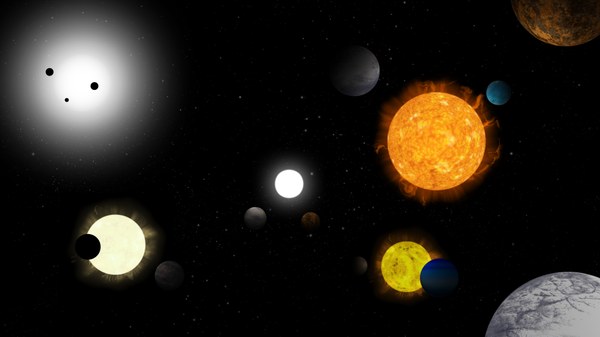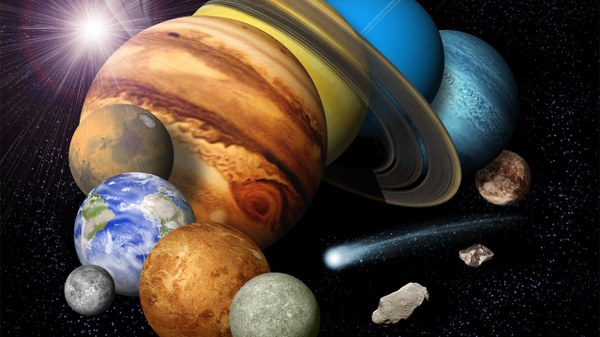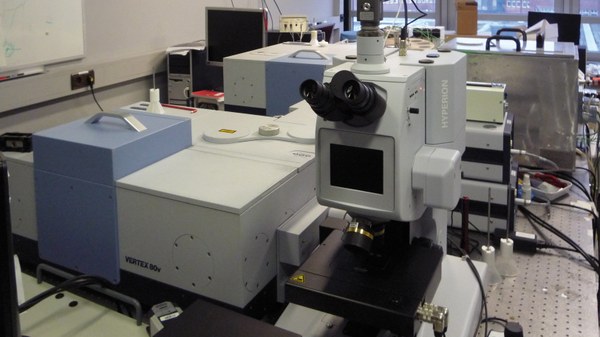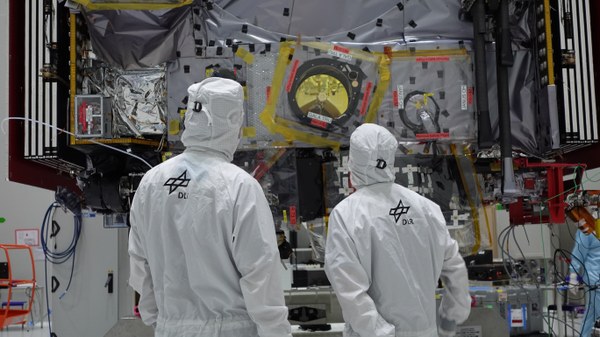Welcome to the Institute of Space Research
On 1 May 2025, the German Aerospace Center (Deutsches Zentrum für Luft- und Raumfahrt, DLR) established the Institute of Space Research in Berlin. The new institute emerged from the internationally renowned DLR Institutes of Optical Sensor Systems and Planetary Research. The new institute combines the expertise in the fields of space instruments and space research and sets up a leading center of excellence for optical sensor systems and their application in planetary research, Earth observation and security.

















